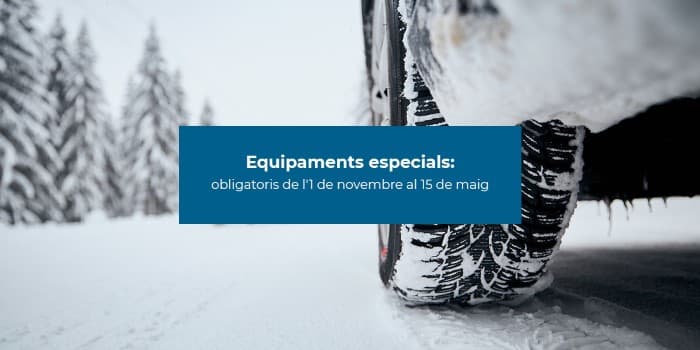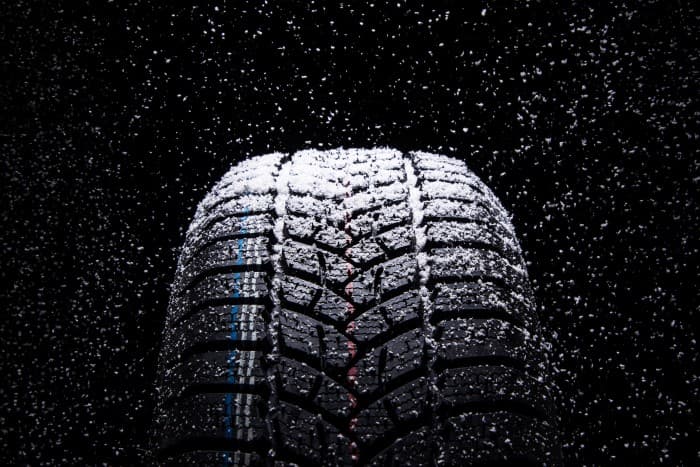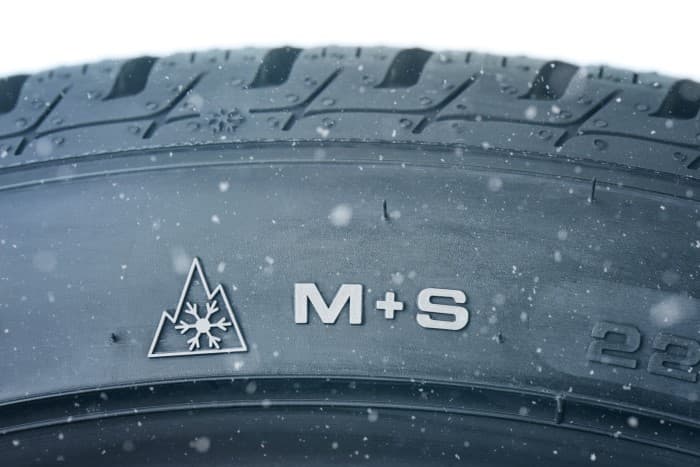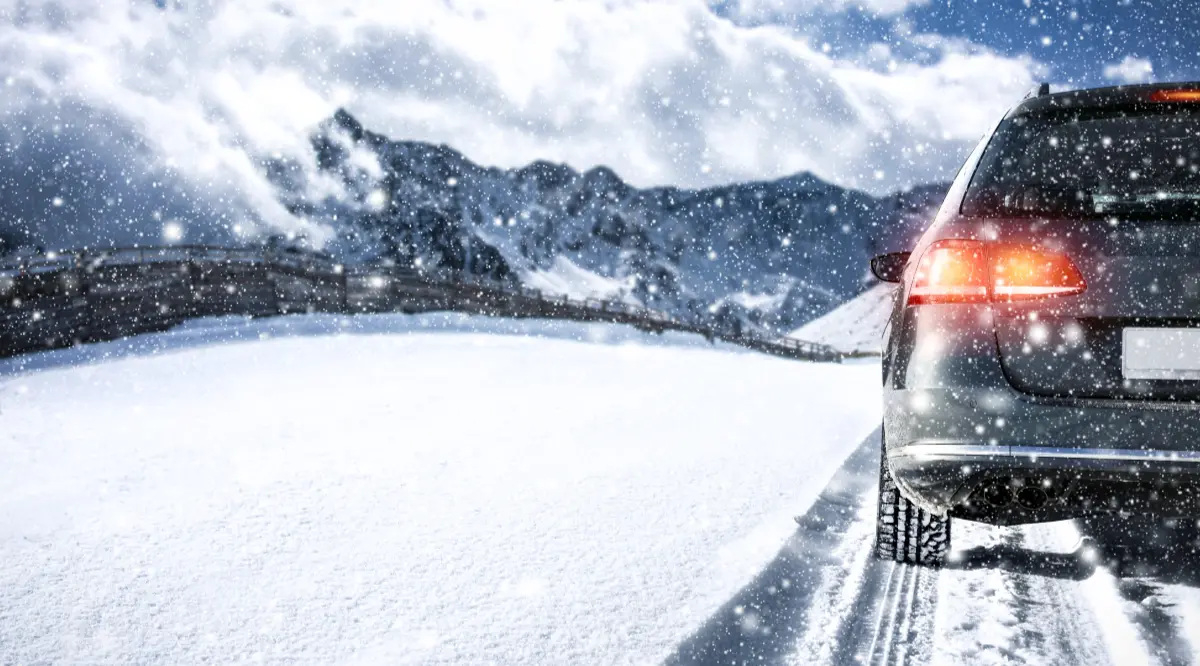We explain everything you need to know about special equipment: how and when to use them, the main differences with summer tires, snow colors… Let’s get started!
Andorra is a country of snow and with the arrival of winter, negative temperatures, the risk of frost and snowfall begin to make an appearance in the Principality, with more or less effect depending on the elevation at which we are. In this sense, Andorra has a road maintenance infrastructure that guarantees the correct circulation during snowy days, but this does not mean that several factors should not be taken into account to circulate with maximum safety during the winter months.
For this reason, today, in the Assap blogwe explain you everything you need to know about special equipment: how and when to use them, main differences with summer tires, snow colors… Let’s get started!
Since when and why use winter tires in Andorra?

From November 1 until May 15, special equipment is mandatory throughout Andorra’s road network. The purpose of this measure is none other than to ensure maximum safety and traffic flow on snowy days or in situations where the road is partially or completely snowed or icy.
In this sense, the use of special equipment is indispensable in mountainous areas such as Andorra, where it snows very often during the winter months and temperatures systematically drop below 7°C, a temperature above which the grip of a normal tire is considerably reduced, thus affecting braking distance and, consequently, driving safety.
What are the main advantages of winter or contact wheels?

- Much better grip when driving in low temperatures or when there is snow, mud or ice on the road.
- Avoids the risk of going off the track with an appropriate speed
- Significantly improves vehicle braking levels, thereby reducing stopping distances
- It makes it possible to dispense with the use of chains, since they guarantee the correct adherence and traction in adverse weather conditions.
What are the differences between winter and summer tires?

The main differences between winter and summer tires are mainly in two areas: in the tread pattern and in the composition of the tire. Thus, winter tires have a deeper tread pattern with a cutout to improve water and snow shedding.
In addition, to improve the levels of grip and braking in snow, ice or mud, the contact patches of the contact patch wheels are equipped with small blades.As for the composition, winter tires, unlike summer tires, have a special system that allows the tires not to harden at low temperatures. This system keeps the flexibility of the rubber below 7 degrees and improves grip and traction.
As for the nomenclature used to distinguish winter tires from other types of tires, they incorporate the code M+S (Mud and Snow) on the sidewall. A pictogram consisting of a three-peaked mountain with a snowflake inside is also added on the inside.
Four season or mixed wheels, also an option to consider

Another option that can be taken into account are the ‘four season’ tires, which can be useful in those places where temperatures do not vary exaggeratedly during the year. It can be an interesting option for those who live in low parishes or for those who do not plan to use the vehicle much on snowy days or low temperatures.
They are a type of tire that performs its function in different climates, and therefore can be used all year round, but obviously do not offer the same performance as winter tires.
Yellow, orange, red and black phase, the 4 states of snow in Andorra
As detailed by the department of Mobilitat.addepartment details, in Andorra there are the following 4 phases of snow:
Yellow phase
When we find snow on the road, we must not exceed 60 km/h. We must slow down in curves and in areas with slopes. It is necessary to drive with special equipment and avoid abrupt maneuvers, as well as to increase the distance with other vehicles. Trucks and articulated vehicles are recommended not to circulate.
Orange phase
When we find ice on the road, we must not exceed 50 km/h. Vehicles with more than 3.5T of WGV must be driven with chains. Reduce speed on curves and slopes, avoid abrupt maneuvers and increase the safety distance. When driving, it is necessary to have the necessary equipment and not to continue the trip if the weather worsens.
Red phase
When the road conditions are very adverse, we must not exceed 30 km/h. All vehicles must circulate with chains. It is necessary to avoid stopping in places where circulation is difficult.
If you are moving forward stopped vehicles, make sure you are able to complete the maneuver. It is recommended to postpone the trip unless necessary. The circulation of goods transport of more than 19T of PMA is prohibited.
Black phase
When the presence of snow makes the road impassable, there is a risk of being immobilized. In this case, do not abandon your vehicle, save fuel and, if you are not sure of finding shelter, leave it in a place where it will not hinder traffic or the action of snowplows.
Foresight and good general maintenance of the vehicle are also determining factors
Although the wheels are one of the most important parts of the vehicle to ensure maximum safety while driving, we must not forget that with the onset of winter it is very important to tune up our vehicle and be proactive, always consulting the state of the roads and traffic and equipping the vehicle with additional accessories to combat the cold (scraper to remove ice, spare bulbs, pocket light …).
